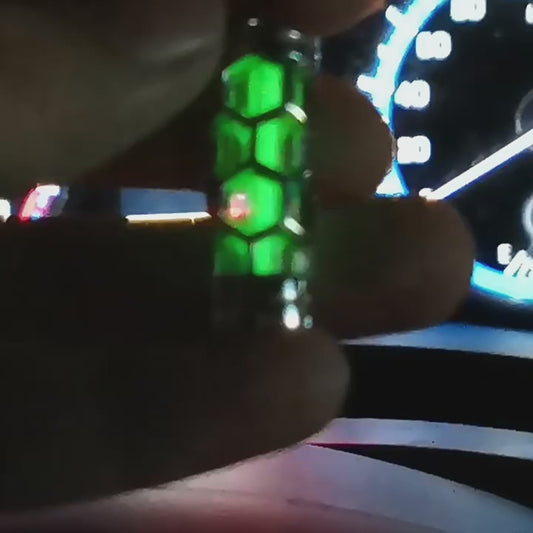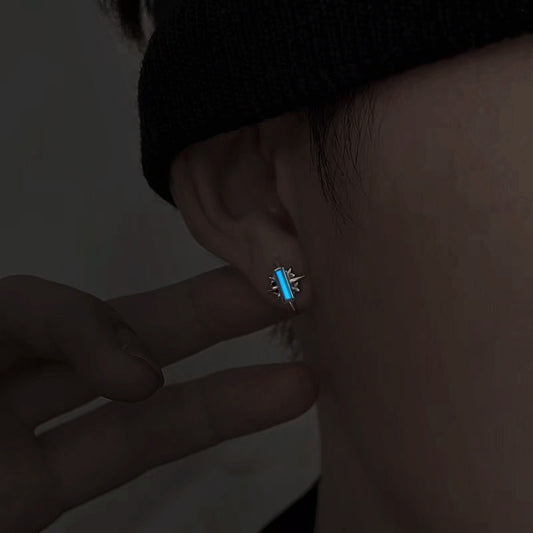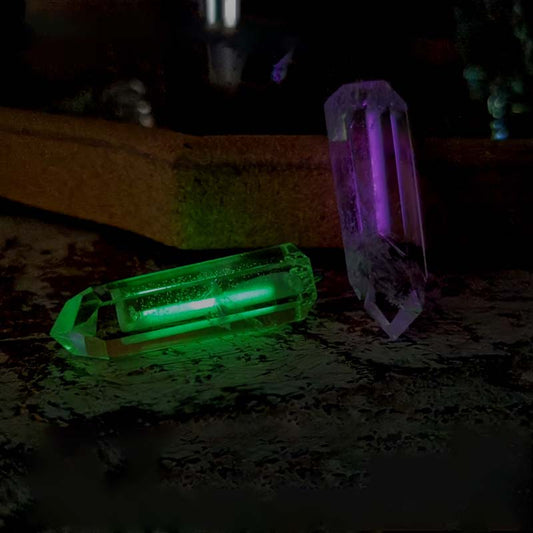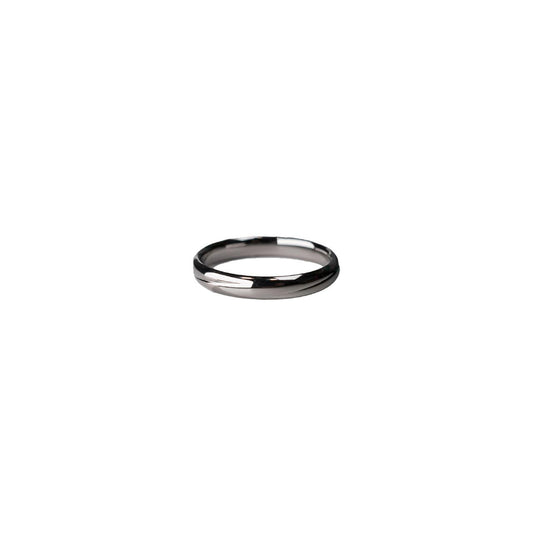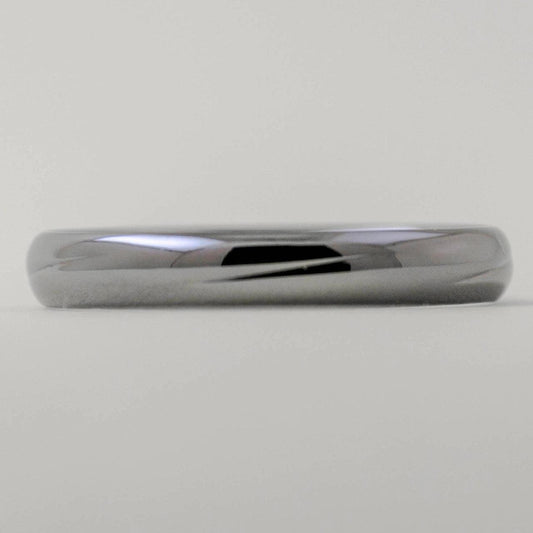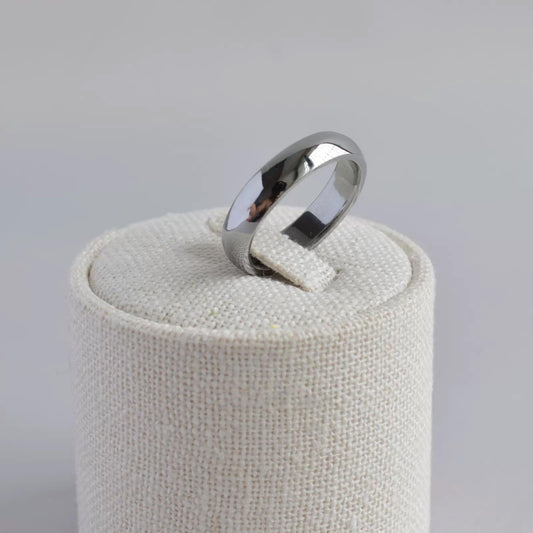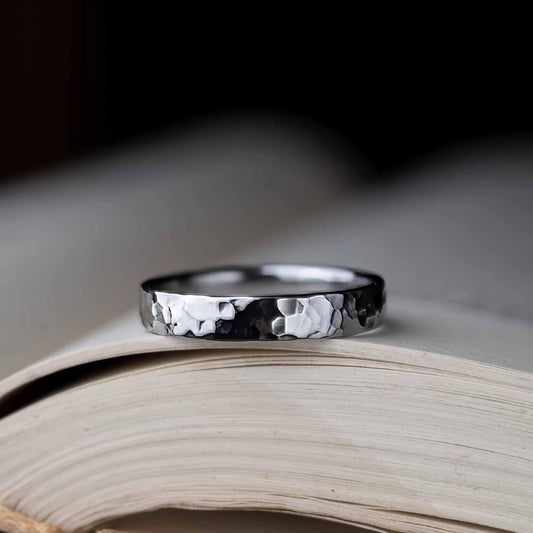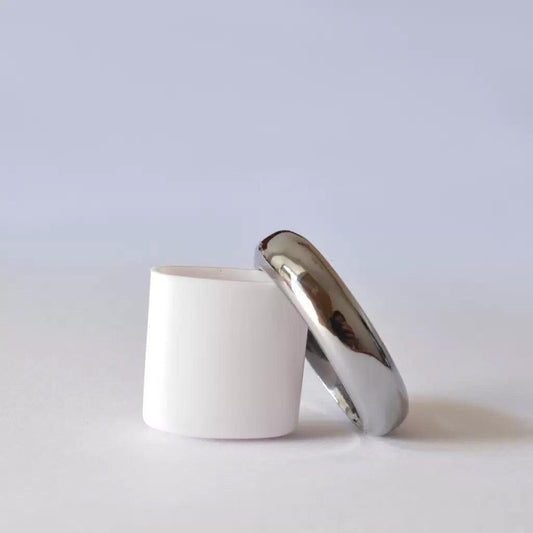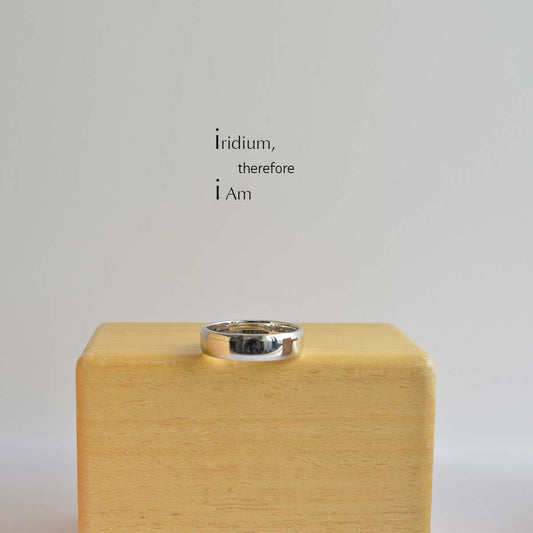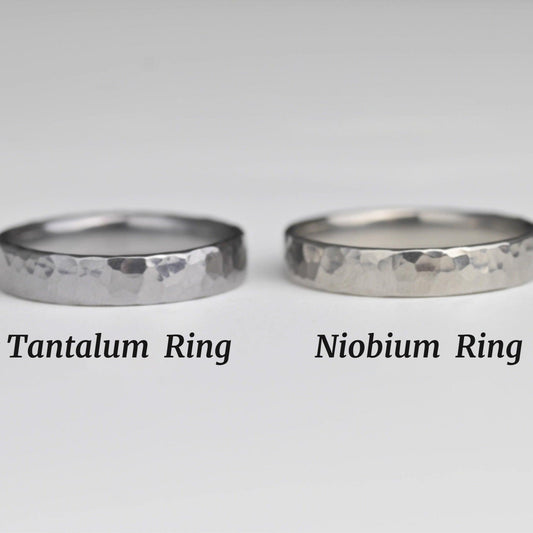Understanding Tritium Vial Safety
Understanding Tritium Vial Safety
Tritium vials—those tiny, luminous tubes often found in watch dials, emergency exit signs, and even some novelty keychains—carry a fascinating mix of science, safety, and mystique. My first brush with tritium was in a friend's basement, of all places. He was an avid hiker, showing off his collection of outdoor gear. Among the gadgets and gizmos, he had a rugged little compass. Even in the dim light, it glowed with a comforting, greenish-blue hue. Intrigued, I asked him about it, and he explained the wonders of tritium vials.
What makes tritium vials particularly captivating is their ability to glow in the dark without any external power source. This is achieved through a fascinating process where tritium gas emits low-energy beta particles that excite a phosphorescent coating inside the vial. The result is a steady, reliable glow that can last for over a decade, depending on the vial's construction. But what about safety? The idea of a radioactive substance glowing on your wrist or hanging from your backpack might sound concerning.
In reality, tritium vials are incredibly safe when used as intended. Tritium, a hydrogen isotope, is considered low-risk because the particles it emits cannot penetrate skin or even a sheet of paper. The vials are meticulously sealed to prevent any gas escape, and under normal circumstances, there's virtually no danger in having them around. It's worth mentioning that regulatory bodies, including the U.S. Nuclear Regulatory Commission, strictly oversee the use of tritium to ensure that it remains within safe limits for consumers.
However, curiosity often nudges me towards the "what if" scenarios. What happens if a tritium vial breaks? The answer is reassuring—provided you handle it sensibly. The escape of tritium gas into the atmosphere poses negligible health risks, especially since tritium disperses quickly. In the unlikely event of a breakage, simply ventilating the area and avoiding direct inhalation is usually sufficient. Growing up with a penchant for collecting all things quirky and luminous, I've come to appreciate the quiet elegance of tritium vials. They offer not only a practical solution to low-light needs but also a touch of timeless charm.
The cultural relevance of tritium is more understated than, say, the latest smartphone, but it's no less significant. In a world where technology races towards the new and flashy, there's something remarkably comforting about an innovation that relies on basic scientific principles without constant upgrades or charging. This practicality echoes the values of simplicity and durability that many people, including myself, strive for amidst our fast-paced modern lives.
When I think back to that basement encounter, it serves as a reminder of the small delights that can be found in the world around us—little marvels of human ingenuity we might otherwise overlook. Exploring the science and safety behind tritium vials not only demystifies their inner workings but also reinforces the joy of discovering something new and fascinating. If you've ever admired the soft glow of a tritium vial, resting assured in its safety is yet another layer of appreciation you can add to the list.


